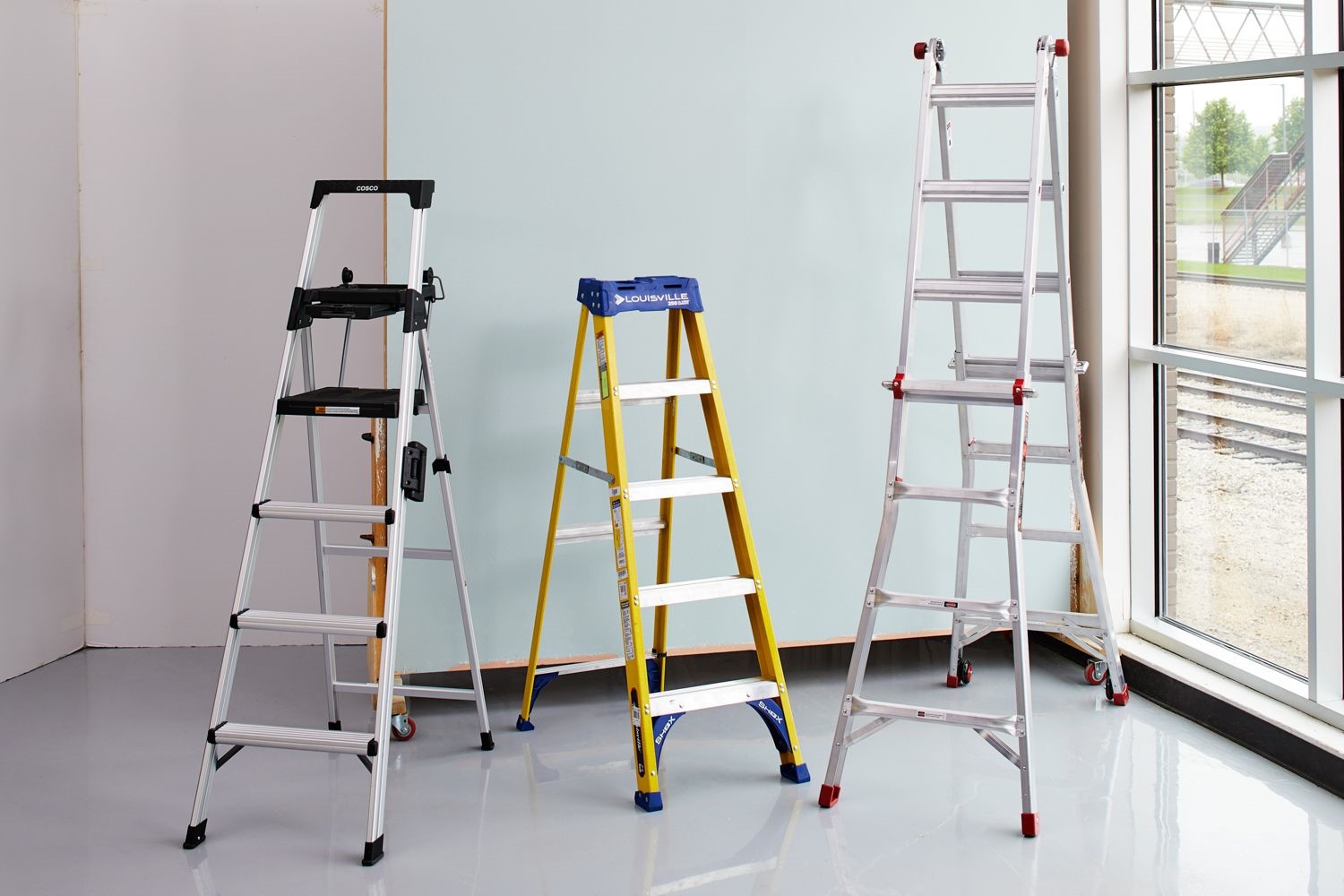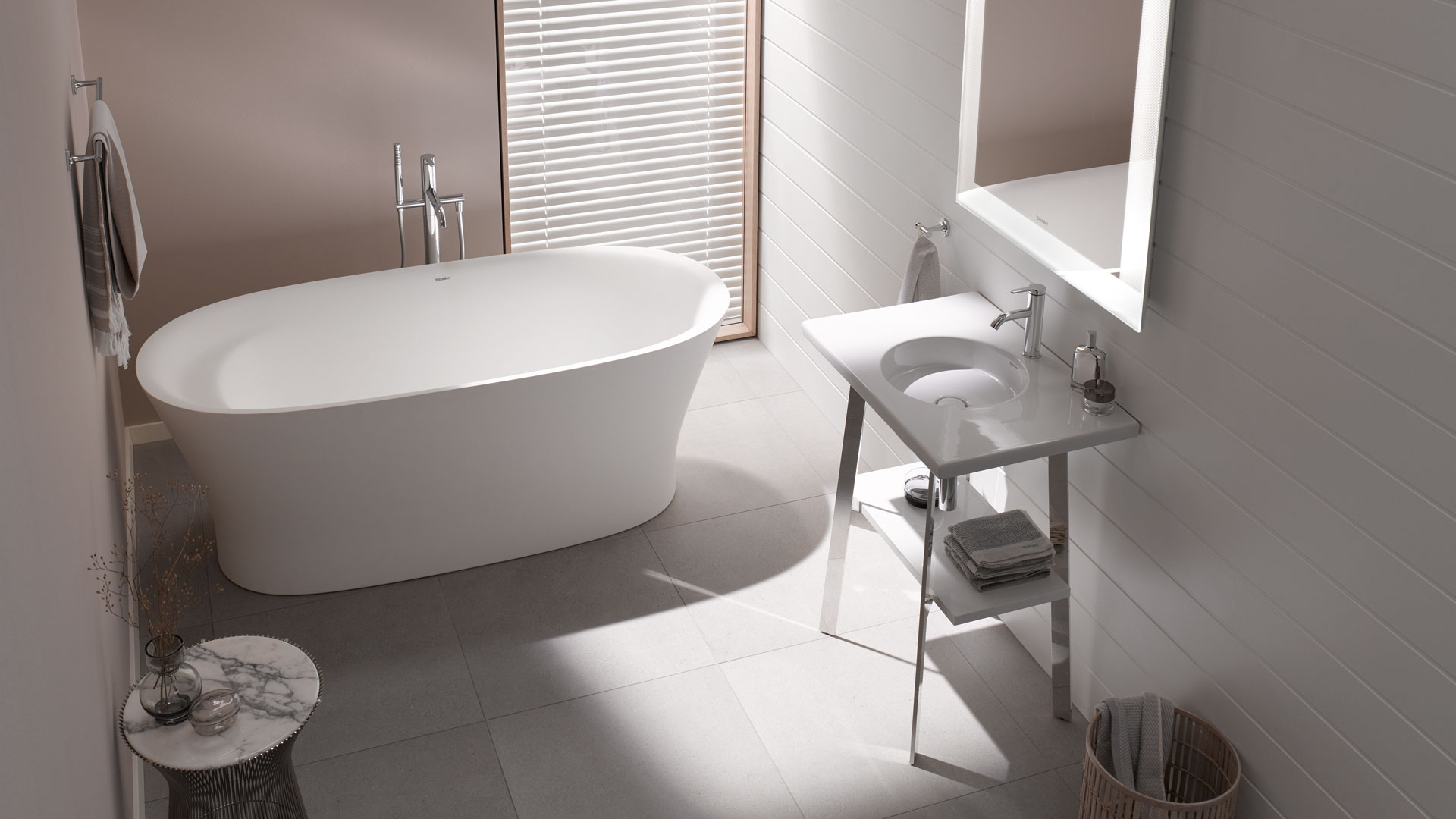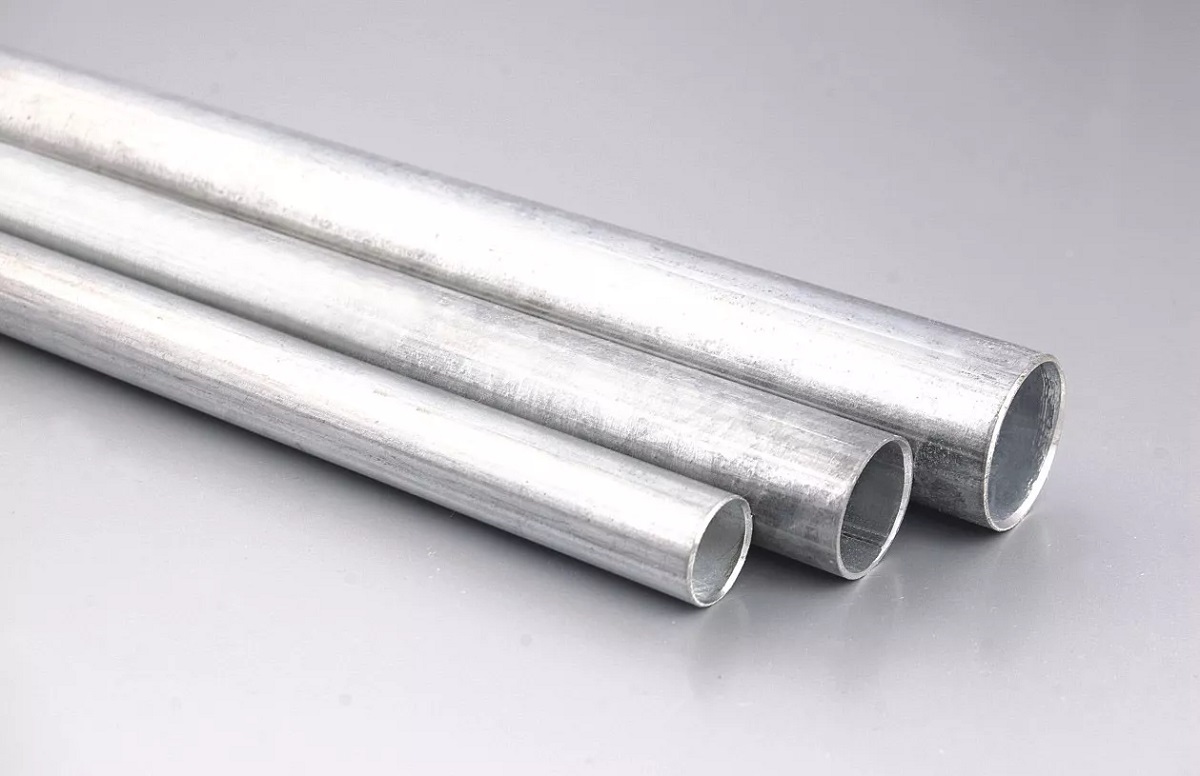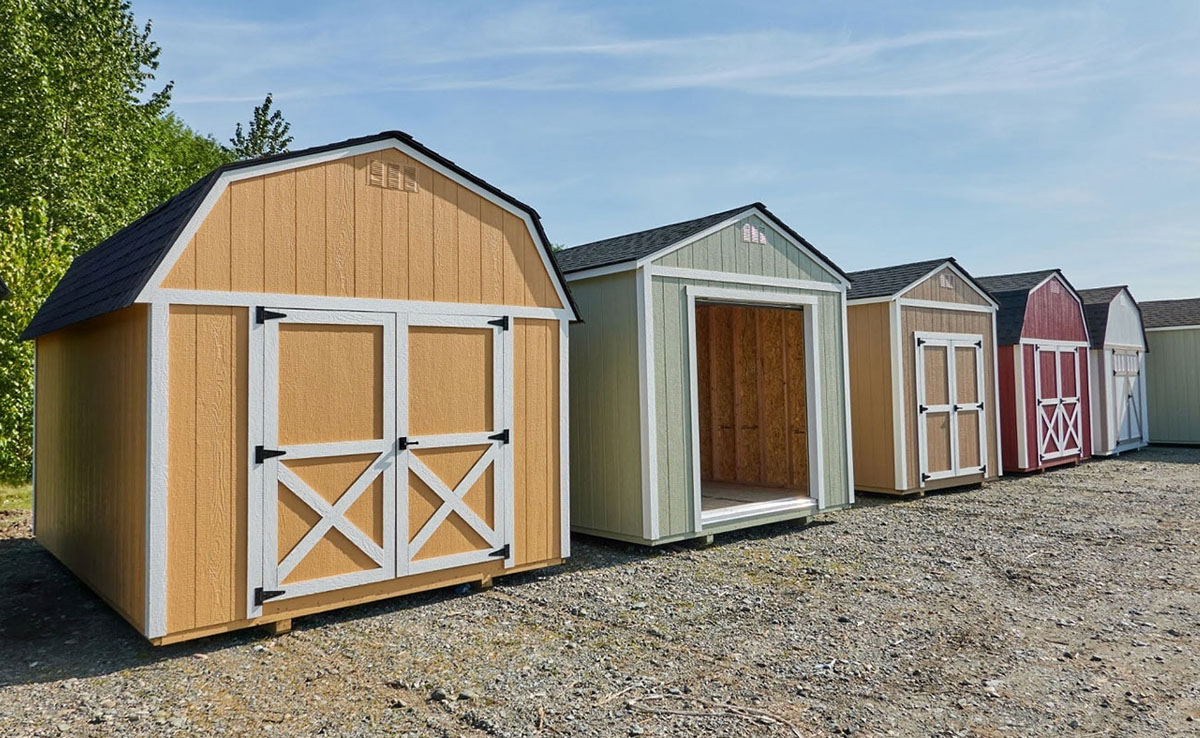Home>Articles>What Is The Relationship Between Ladder Length And Weight Capacity


Articles
What Is The Relationship Between Ladder Length And Weight Capacity
Modified: January 8, 2024
Discover the correlation between ladder length and weight capacity in our informative articles. Learn more about the factors that influence ladder strength and safety.
(Many of the links in this article redirect to a specific reviewed product. Your purchase of these products through affiliate links helps to generate commission for Storables.com, at no extra cost. Learn more)
Introduction
A ladder is a versatile tool commonly used for various tasks such as reaching heights, cleaning gutters, painting walls, or performing maintenance. When selecting a ladder, it is crucial to consider both its length and weight capacity. The relationship between ladder length and weight capacity plays a vital role in determining the ladder’s usability and safety.
The length of a ladder refers to the distance from its base to the top, while weight capacity indicates the maximum load that the ladder can safely support. Understanding the relationship between these two factors is essential for choosing the right ladder for a specific job.
Factors such as material, design, and construction influence the weight capacity and ladder length, making it crucial to evaluate these aspects before making a purchase. In this article, we will explore how different factors affect ladder length and weight capacity and analyze the relationship between the two.
Key Takeaways:
- Choose a ladder with appropriate length and weight capacity based on tasks, material, design, and construction to ensure safety and efficiency during use.
- Understanding the relationship between ladder length and weight capacity enables confident selection of a ladder that provides required strength and stability for specific tasks.
Read more: What Is The Working Length Of A Ladder
Factors Affecting Weight Capacity
The weight capacity of a ladder is determined by several factors that affect its overall strength and load-bearing capabilities. Understanding these factors can help you choose a ladder that can safely support the weight you anticipate.
1. Material: One of the primary factors influencing weight capacity is the material used to construct the ladder. Common ladder materials include aluminum, fiberglass, and wood. Aluminum ladders are lightweight and have a high weight capacity, making them suitable for most residential and commercial applications. Fiberglass ladders are known for their durability and ability to withstand electrical currents, making them ideal for electricians and other professionals. Wood ladders have a lower weight capacity and are typically used for lighter tasks and home use.
2. Design: The design of a ladder also plays a role in its weight capacity. Ladders with a wider base and sturdier frame tend to have a higher weight capacity. Additionally, ladders with reinforced steps or rungs provide added strength, allowing for a higher weight capacity.
3. Construction: The construction of the ladder, including the method used to connect the different components, can affect weight capacity. Ladders with riveted or welded joints are generally stronger and have a higher weight capacity compared to ladders with bolted or glued connections.
4. Age and Condition: Over time, ladders can become weakened and compromised, affecting their weight capacity. Regular maintenance and inspections are essential to ensure that the ladder remains in good condition and can safely support the intended weight.
5. Certifications: Look for ladders that meet industry safety standards and certifications. These certifications, such as ANSI (American National Standards Institute) and OSHA (Occupational Safety and Health Administration), ensure that the ladder has gone through rigorous testing and meets specific weight capacity requirements.
By considering these factors, you can choose a ladder with an appropriate weight capacity for your intended use, minimizing the risk of accidents or structural failures.
Factors Affecting Ladder Length
When selecting a ladder, it is important to consider the appropriate length for your specific needs. The ladder length you choose will depend on various factors, including the tasks you need to perform and the height you need to reach. Let’s explore some of the factors that affect ladder length:
1. Intended Use: Consider the tasks you plan to do with the ladder. Will you be using it for indoor or outdoor tasks? Are you looking for a ladder for residential or commercial use? Different tasks may require different ladder lengths. For example, a ladder to reach high ceilings indoors may not need to be as long as a ladder for outdoor tasks like cleaning gutters or trimming trees.
2. Working Height: The height you need to reach will determine the ladder length required. Measure the highest point you need to access, including any additional reach required. It is essential to choose a ladder that will provide enough height to complete your tasks safely.
3. Storage and Portability: Consider the available storage space and the portability of the ladder. If you have limited storage space or need to transport the ladder frequently, a shorter and more compact ladder may be more suitable.
4. Reach: Take into account your own height and reach. A ladder with a higher working height will allow you to reach elevated areas comfortably without straining or overextending.
5. Occupational Requirements: If you are using the ladder for a specific profession or industry, there may be regulations or guidelines regarding ladder length. For example, certain construction or safety regulations may dictate specific ladder length requirements for different tasks.
6. Stability: Longer ladders tend to be less stable compared to shorter ones. If stability is a concern, especially when working on uneven surfaces or in windy conditions, consider opting for a shorter ladder.
By considering these factors, you can choose a ladder with an appropriate length for your specific needs. It is important to ensure that the ladder provides enough reach and stability while also being practical and portable.
Relationship Between Ladder Length and Weight Capacity
The relationship between ladder length and weight capacity is an important consideration when selecting a ladder. While these two factors are independent, they are interconnected and influence each other in several ways:
1. Load Distribution: As the ladder length increases, the weight capacity may decrease due to the distribution of the load. Longer ladders have a wider span and may experience more flexing or bending, leading to a reduced weight capacity. It is important to consider the weight distribution across the ladder and ensure that it remains within safe limits.
2. Material and Design: Ladder length and weight capacity can be influenced by the ladder’s material and design. Different materials have varying weight capacities and structural properties. Additionally, the design elements such as the type of frame, steps, or rungs can impact the ladder’s ability to withstand weight. Manufacturers take these factors into account and provide weight capacity ratings for their ladders based on their length and design.
3. Occupational Safety Regulations: In certain industries or professions, there may be specific regulations or guidelines regarding ladder length and weight capacity. These regulations ensure the safety of workers and help in determining the appropriate ladder for a particular task. It is crucial to adhere to these regulations and choose a ladder that meets the required standards.
4. Proper Usage: The relationship between ladder length and weight capacity also depends on the proper usage and user awareness. Overloading a ladder beyond its weight capacity, regardless of its length, compromises safety and increases the risk of accidents. Users should always follow the manufacturer’s guidelines regarding weight limits and exercise caution when using the ladder.
It is important to note that weight capacity ratings provided by manufacturers consider various safety factors and load-testing procedures. It is advisable to choose a ladder with a weight capacity that exceeds your anticipated load to ensure safe usage.
In summary, while ladder length and weight capacity are distinct factors, they are interrelated. Understanding their relationship and considering other relevant factors such as material, design, and proper usage will help you choose a ladder that provides the required length and weight capacity for your specific needs.
When selecting a ladder, consider the weight capacity in relation to the length. A longer ladder may have a higher weight capacity to support heavier loads, but always check the manufacturer’s guidelines for safe use.
Impact of Material on Weight Capacity
The choice of material used in the construction of a ladder has a significant impact on its weight capacity. Different ladder materials exhibit varying levels of strength, durability, and weight-bearing capabilities. Understanding the impact of material on weight capacity is crucial in selecting a ladder that can safely support the intended load. Here are a few common ladder materials and their respective impacts:
1. Aluminum: Aluminum is a popular material used in ladder construction due to its lightweight nature and excellent strength-to-weight ratio. Aluminum ladders are known for their high weight capacity and are suitable for various residential and commercial applications. They provide a reliable and sturdy platform, making them ideal for tasks that require frequent movement or transportation.
2. Fiberglass: Fiberglass ladders, known for their excellent electrical insulation properties, are commonly used in industries where workers are exposed to electrical hazards. While fiberglass ladders are slightly heavier than aluminum ladders, they have a high weight capacity and can comfortably support heavier loads. They are also resistant to corrosion and offer great durability, making them ideal for outdoor or heavy-duty applications.
3. Wood: Wood ladders are often used for light-duty tasks and may have a lower weight capacity compared to aluminum or fiberglass ladders. While wood ladders offer a classic and aesthetic appeal, they are generally not designed for heavy loads or demanding industrial use. They are commonly used for household chores or light maintenance work.
It is important to note that weight capacity ratings provided by ladder manufacturers take into account the specific material used and its load-bearing capabilities. Manufacturers thoroughly test and evaluate ladders to determine their weight capacity based on material performance.
When selecting a ladder, consider the weight of the load that needs to be supported and choose a ladder material that can safely accommodate it. Additionally, adhere to the manufacturer’s guidelines to ensure safe usage and prevent overloading the ladder beyond its weight capacity.
Regular inspection and maintenance are essential for all ladder materials to ensure their structural integrity and continued weight capacity. Any signs of damage, such as cracks or bends, should be addressed promptly to prevent compromising the ladder’s load-bearing capabilities.
In summary, when choosing a ladder, consider the material’s impact on weight capacity based on the required load and intended application. Whether it’s aluminum, fiberglass, or wood, selecting the appropriate ladder material will ensure optimal safety and performance for your specific needs.
Impact of Design on Weight Capacity
The design of a ladder plays a crucial role in determining its weight capacity. The various components and features incorporated into the ladder’s design can significantly impact how much weight it can safely support. Let’s explore the impact of design on weight capacity:
1. Frame Construction: The frame of a ladder is the backbone that provides structural support. Different ladder designs have varying frame constructions, such as single-section or multi-section designs. Generally, ladders with a more robust frame construction tend to have higher weight capacities. Reinforced frames, featuring sturdy crossbars or additional bracing, enhance stability and load-bearing capabilities.
2. Steps or Rungs: The steps or rungs of a ladder provide a stable platform for users to climb and stand on. The design and spacing of these steps or rungs can impact weight capacity. Ladders with wider, non-slip steps or rungs distribute weight more evenly and provide better stability, thus increasing weight capacity. Additionally, ladder designs that incorporate reinforced steps or rungs can enhance load-bearing capabilities.
3. Locking Mechanisms: Extension ladders and multi-position ladders utilize locking mechanisms to secure the different sections in place. The type of locking mechanism used can influence weight capacity. High-quality locking mechanisms, such as spring-loaded locks or solid metal locks, provide better stability and weight-bearing capabilities.
4. Stabilizers and Safety Features: Some ladder designs include built-in stabilizers or safety features that enhance weight capacity. Stabilizers, such as outriggers or wide bases, improve the ladder’s stability and balance, allowing for higher weight capacity. Safety features like non-slip feet or grip handles also contribute to the ladder’s overall weight capacity by ensuring secure footing and control during use.
5. Overall Size and Configuration: The overall size and configuration of a ladder contribute to its weight capacity. Longer ladders tend to have higher weight capacities compared to shorter ladders of the same construction and design. Similarly, ladders with wider bases or larger footprints offer more stability and increased weight capacity.
When selecting a ladder, it is essential to consider both the design features and weight capacity requirements for your intended use. Manufacturers typically provide weight capacity ratings based on the ladder’s design and construction. Adhering to these weight capacity guidelines ensures safe usage and prevents overloading the ladder beyond its capabilities.
Regular inspection and maintenance are also important to preserve the ladder’s design integrity and weight capacity. Damaged or worn-out components should be repaired or replaced promptly to maintain optimal load-bearing capabilities.
In summary, the design of a ladder can have a significant impact on its weight capacity. By considering factors such as frame construction, steps or rungs, locking mechanisms, stabilizers, and overall size and configuration, you can select a ladder that meets your weight capacity requirements and ensures safe usage for your specific tasks.
Impact of Construction on Weight Capacity
The construction of a ladder is a critical factor that determines its weight capacity. The materials used, as well as the methods of connecting different components, play a significant role in the ladder’s overall strength and load-bearing capabilities. Let’s explore the impact of construction on weight capacity:
1. Connections: The connections between different ladder components can affect weight capacity. Ladders can have various types of connections, such as riveted, welded, bolted, or glued joints. Riveted or welded connections are generally stronger and provide better weight capacity compared to bolted or glued connections. These sturdy connections ensure that the ladder can withstand the load without compromising its structural integrity.
2. Supporting Elements: The supporting elements of a ladder, such as braces or rails, contribute to its overall construction and weight capacity. Ladders with additional bracing or reinforcement in critical areas provide better stability and load-bearing capabilities. These supporting elements ensure that the ladder can distribute the weight evenly and withstand the expected load.
3. Material Quality: The quality of materials used in ladder construction also impacts weight capacity. High-quality materials with proper tensile strength and weight-bearing capabilities contribute to a ladder’s overall capacity to support weight. Manufacturers use specific materials and manufacturing processes to ensure that the ladder meets safety standards and has the necessary strength to carry the intended load.
4. Overall Design: The design of the ladder, including its shape and configuration, can influence weight capacity. Ladders designed with a wider base and a balanced shape provide better stability and weight-bearing capabilities. Furthermore, ladder designs that distribute weight across multiple points rather than focusing on a single point increase weight capacity.
5. Testing and Certification: Manufacturers subject ladders to rigorous testing to determine their weight capacity and overall safety. Certification by recognized industry standards, such as ANSI (American National Standards Institute) or OSHA (Occupational Safety and Health Administration), ensures that the ladder meets specific weight capacity requirements.
It is crucial to consider construction quality when selecting a ladder. Opt for ladders with sturdy connections, reliable supporting elements, and high-quality materials to ensure safe usage and maximize weight capacity. Regular inspections and maintenance are also key to identifying any construction issues or damage that could compromise the ladder’s weight capacity. Prompt repairs or replacements of damaged components are essential to maintain the ladder’s load-bearing capabilities.
In summary, the construction of a ladder has a significant impact on weight capacity. Consider factors such as connections, supporting elements, material quality, overall design, and compliance with industry standards when choosing a ladder. By doing so, you can ensure that the ladder meets your weight capacity requirements and provides a safe and reliable platform for your intended tasks.
Conclusion
Choosing the right ladder involves considering various factors, including ladder length and weight capacity. Understanding the relationship between these two factors is crucial for ensuring safety and efficiency during ladder usage. Throughout this article, we have explored the factors that affect both ladder length and weight capacity.
Factors such as material, design, and construction impact weight capacity. The choice of ladder material, such as aluminum, fiberglass, or wood, determines the weight capacity and suitability for different tasks. The ladder’s design, including frame construction, steps or rungs, locking mechanisms, and stabilizers, also plays a significant role in determining weight capacity. Additionally, the construction quality, including connections and supporting elements, further influences a ladder’s weight capacity.
Considering these factors allows you to choose a ladder that fits your specific needs. Whether you require a ladder for residential or commercial purposes, it is essential to select a ladder with the appropriate length and weight capacity to ensure safety and efficiency during use.
By adhering to manufacturer guidelines, industry standards, and safety regulations, you can prevent overloading the ladder and maintain its weight capacity. Regular inspections and maintenance are vital to identifying any damages or wear that may affect the ladder’s load-bearing capabilities.
In conclusion, selecting a ladder based on its length and weight capacity is essential. By understanding the factors that affect weight capacity, such as material, design, and construction, you can confidently choose a ladder that provides the required strength and stability for your tasks. Prioritizing safety and making informed decisions will enable you to complete your projects efficiently and with peace of mind.
Frequently Asked Questions about What Is The Relationship Between Ladder Length And Weight Capacity
Was this page helpful?
At Storables.com, we guarantee accurate and reliable information. Our content, validated by Expert Board Contributors, is crafted following stringent Editorial Policies. We're committed to providing you with well-researched, expert-backed insights for all your informational needs.















0 thoughts on “What Is The Relationship Between Ladder Length And Weight Capacity”